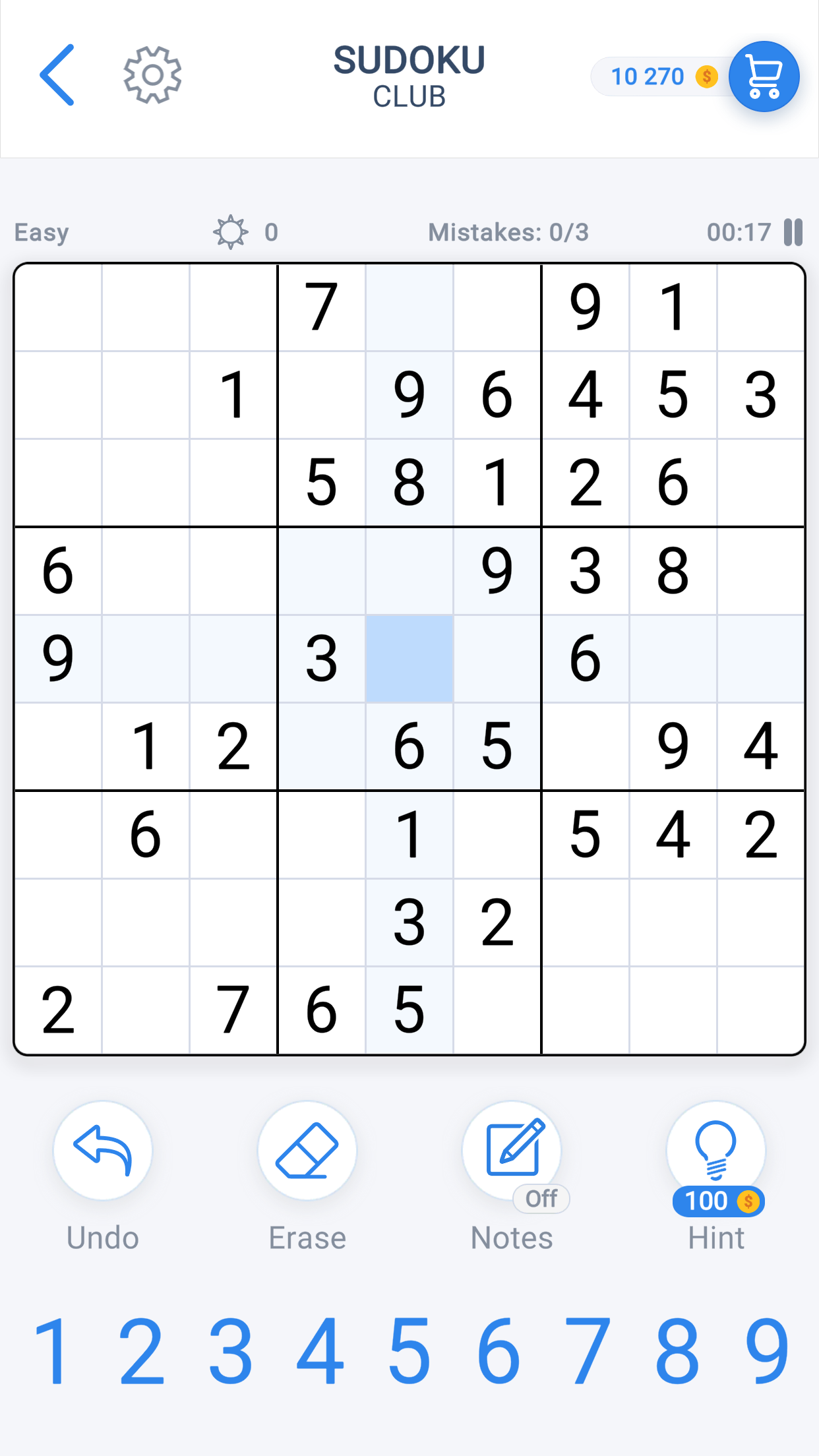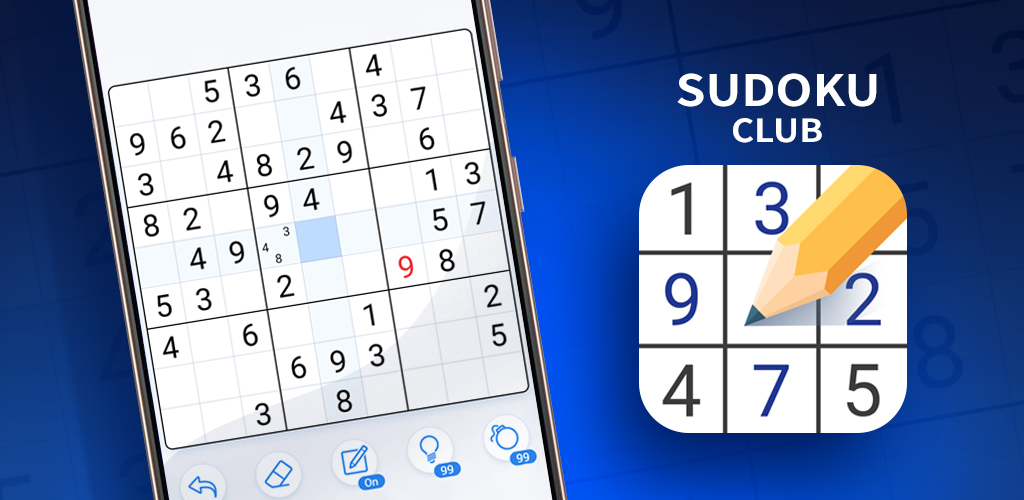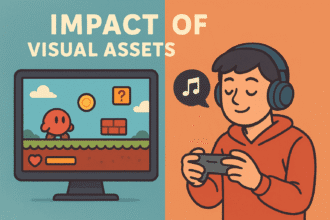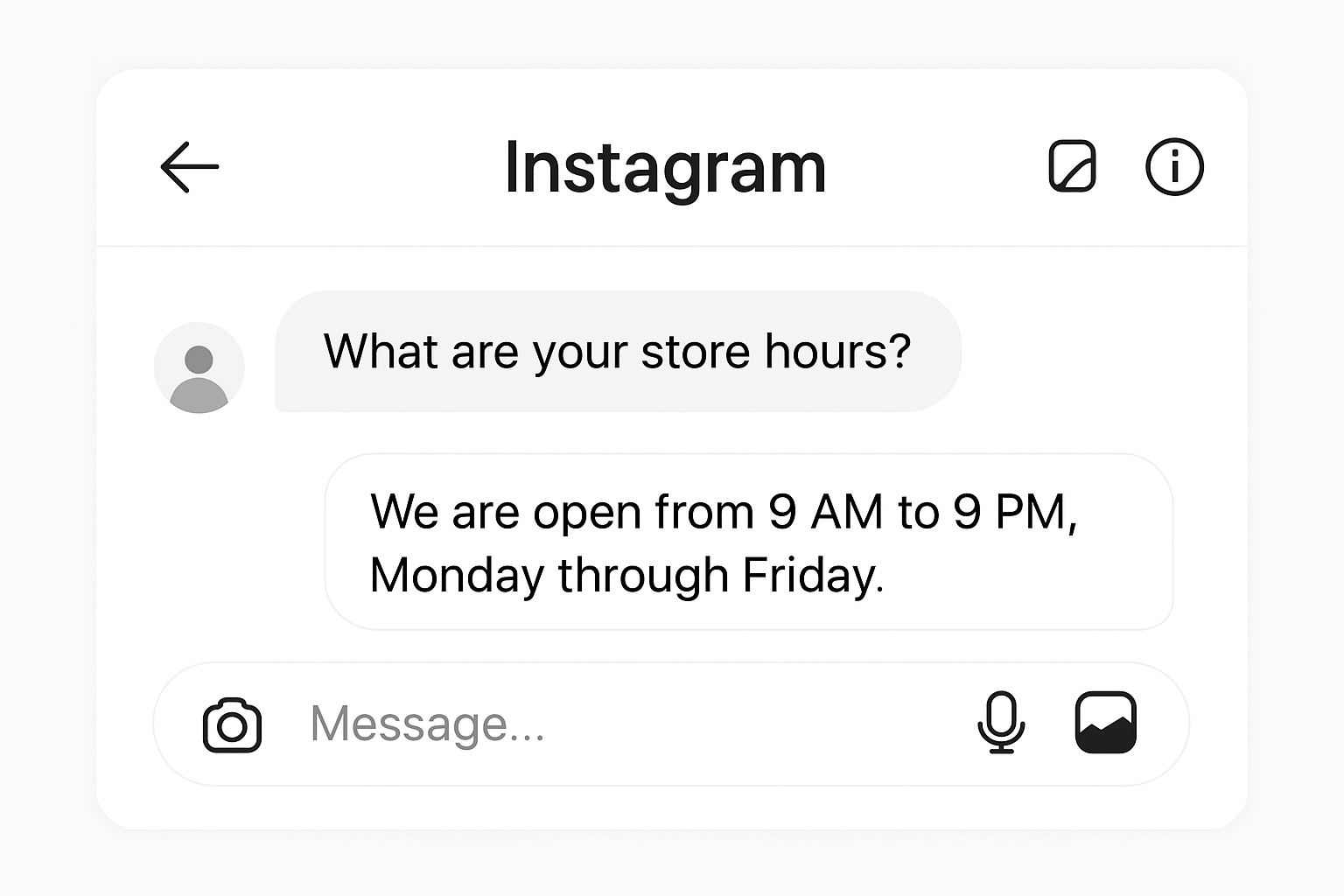How To Play Sudoku: Things To Know?
The puzzle game Sudoku has recently become extremely popular. People play it while bored on a flight, in newspapers, and online. Sudoku is ubiquitous, so you can find a player whenever you find yourself with a spare moment. The worldwide success of this mathematical puzzle overjoys the vast majority of individuals. You can download the game on Sudoku Android and Sudoku iOS.
Introduction
If you’ve played, you’ve probably experienced that sinking feeling when you realize you have no idea how to proceed with the problem. Either you give up and start afresh or delete everything and start over. Whether you’re a complete beginner or a seasoned master, you’ve probably wondered if there’s a way to up your Sudoku game. You can improve your odds of solving the sudoku puzzle by employing tactics similar to those used in solitaire and mahjong. Learning the tactics and how they function requires time and effort. You’re in good hands if your goals include improving your performance and earning more praise from yourself.
History
The logic-based number-placement problem known as Sudoku requires little time to master. A Japanese puzzle game whose name is derived from the phrase “the numbers must be single” (Su-ji wa dokushin ni kagura). Switzerland is the birthplace of the Sudoku puzzle. Like a Sudoku puzzle, but without the extra limitation on the contents of particular sections, “carré Latin” was invented by Leonhard Euler in the 18th century. In 1979, American architect Howard Garns produced the first proper Sudoku. After its publication and rebranding as Sudoku by Nikoli in 1986, the puzzle took off internationally, especially in Japan.
Are there any Norms and Conditions
There are 81 cells in a typical Sudoku puzzle, and they’re split up into 9×9 grids. Put the numbers 1 through 9 into the empty cells so that each digit appears exactly once in every row, column, and 3×3 box. There must be at least 17 provided numbers for a Sudoku, with the norm being between 22 and 30.
How is Sudoku played?

- In the puzzle game Sudoku, the goal is to fill in a 9 by 9 grid with numbers from 1 to 9.
- The same number should not come twice in any row, column, or 3×3 box.
- This indicates that in a Sudoku puzzle, each row, column, and 33 squares can only contain the numbers 1, 2, 3, 4, 5, 6, 7, 8, and 9.
- The goal of Sudoku is to fill in a 9 by 9 grid with numbers from 1 to 9 so that no row, no column, and no individual square in the grid are repeated.
- Each number can only appear once in a given square, column, and row of a given sudoku puzzle. Square (also known as a region) boundaries are thicker in the center but not on the sides.
- You have to keep in mind that even if you’re concentrating on one square at a time, your actions will have repercussions on the surrounding ones. You can’t, for instance, put a 1 in both the top-left and bottom-left corners of the grid. T
- hat whole section is a column, and as you know, columns cannot contain a repetition of the permitted numbers. For more information watch the video.
Do magic squares and sudoku puzzles mean the same thing?
No, you also need to think about the diagonals when solving a magic square. In Sudoku, the player must fill in the grid using only the squares, rows, and columns. Although the ideas are comparable, they are not the same game. Some say Sudoku is more difficult than Magic Squares because of the additional diagonal aspect, while others argue the opposite. Ultimately, they are not the same thing, but it does depend on personal preference.
Different types of Sudoku puzzles are known as what?
The original Sudoku game, played on a 9×9 grid, has inspired countless variants. The grid size of puzzles can range from 6×6 cells to 25×25 cells. Sudoku-X, for example, further resembles a Magic Square by including the consideration of diagonals. When solving a Sudoku Even-Odd puzzle, you’ll see shaded squares that can only be filled with even or odd numbers, respectively. Hanidoku’s “grid” is made up of hexagons, giving it a look reminiscent of a beehive. In most Sudoku variations, the core rules are the same, but new restrictions are added to provide experienced players with a fresh challenge. Once you’ve mastered the fundamentals and the tactics discussed in this article, you may quickly find a wide variety of Sudoku variants to explore.
Does Playing Sudoku Help Your Brain?

Working out your brain is like working out any other muscle in your body. Practicing Sudoku on a daily basis might be a good mental exercise if you spend a lot of time on routine work. Having to put in that much thought and preparation is a good thing. You have something to focus on other than your difficult day or your issues. There is some evidence that playing Sudoku can help people with mental health concerns get their lives back on track and that it may slow the progression of dementia. If you want to keep your brain active and your thinking sharp, playing Sudoku is a great way to do so. While you may not reap the same rewards as others, you can still enjoy some time doing something useful.
The Bottom Line
Everyone can get out of a jam, but not everyone can figure it out. Sudoku improves brain sharpness. Don’t quit if you have to start over. It’s expected at this point. Even the best Sudoku players don’t use all strategies. One solution is accurate, but you must determine it. Remember that this is a fun mental challenge. Once you learn the basics and can advance to harder levels, you’ll love playing.

















